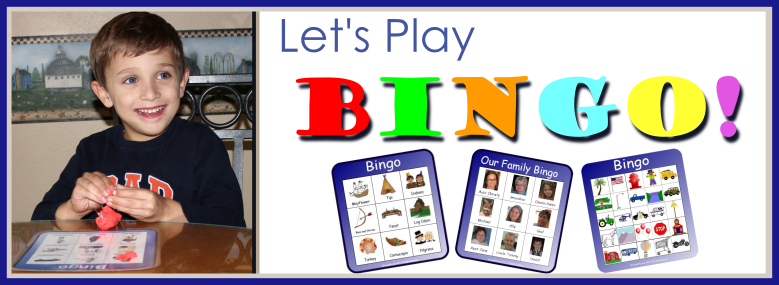
Bingo Games
Bingo is a fun game for all ages to enjoy. Teachers and therapists frequently use bingo cards in their practice to teach concepts, vocabulary, and speech development. There are many Commercial bingo products such as Color and Shape Bingo,Multiplication Bingo, or Rhyming Bingo.
Teachers and therapists can also make their own bingo cards to meet the needs of their students and lesson plans. They may want to create a bingo card based on the letter of the week (B words), a lesson theme (such as community helpers or holidays), or a focus on a specific speech sound (such as ending /t/ sounds).
Bingo is often played in small group with about 3-8 children. The teacher can focus on the learning objective while the children have fun trying to make Bingo.
Video: Making Body Parts Bingo to print and for use in PowerPoint for Remote Learning
Materials:
- Bingo Cards
- Bingo Pull Cards (to "pull from hat")
- Tokens (pennies, small stones, manipulatives, etc.)
How to Play:
First decide and announce what makes a "bingo". To call "Bingo!", players may have a row or diagonal lines, With smaller 3 x 3 cards or younger children, they may need to fill the entire card to call bingo. .
With a group of children, give every child one bingo card. The teacher or "caller" uses pull cards in a bag, box, or a hat to pull out a picture card one at a time and show to the group. The children scan their card and look for the matching picture. If they have the same picture, a token is placed on top of the picture. The caller continues to pull cards until a player calls "Bingo!"
Examples of Bingo Games from the Sharing Center
Variations:
There are many ways to use bingo for learning experiences.
- Matching: The teacher or a student selects a bingo index card, states the name of the picture, and shows the picture to the group. The students locate the matching picture on their bingo card. The teacher may ask the students to repeat the name of the picture.
- Identify: The teacher states the name of the item on the bingo index card and the students locate the corresponding picture without a visual cue.
- Definition: The teacher defines or describes the item on the bingo index card. For example, the teacher may say, “what do you use to cut paper?” or “what animals says 'moo'?”
- Phonemic Awareness & Sound Recognition: The teacher asks questions in relation to the phonics concept taught. For example, the teacher may ask, “what begins with P?”.
- Rhyming: The teacher shows or calls out an item that rhymes with pictures on the bingo card. For example, the teacher may ask “what rhymes with log?”.
- Spelling: The teacher spells the name of the item pictured and the students locate the picture on their card.
- Reading: The teacher shows only the word of a picture on the bingo index cards. The students have to find the right picture.
- Math Reasoning: The teacher reads a number problem such as “2+3” or “5x4” and students locate the answers on their bingo card.
Free Sample of Sight Word Bingo:
Make Bingo Cards Now!
This video will show you how easy it is to make Bingo Cards with LessonPix.
Have fun learning through play!
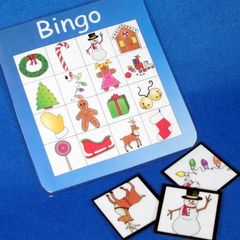
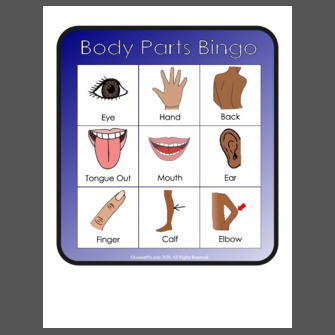
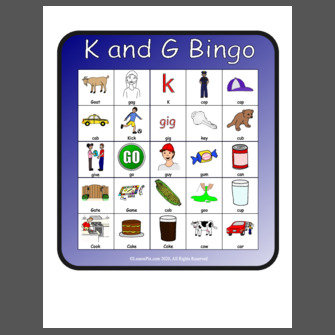

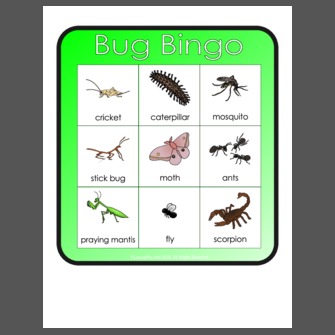

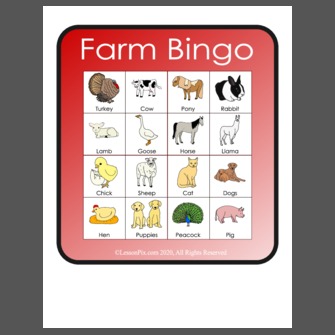
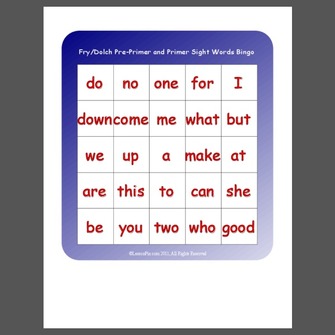
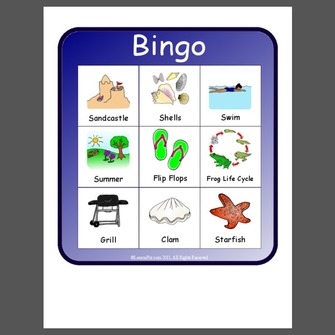

 Facebook
Facebook Twitter
Twitter Pinterest
Pinterest